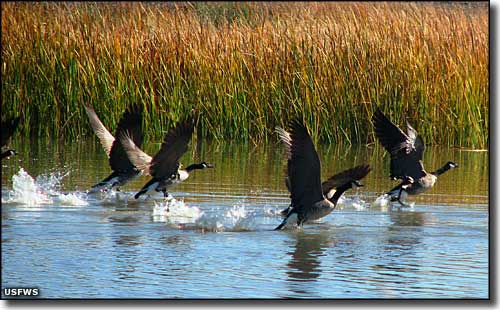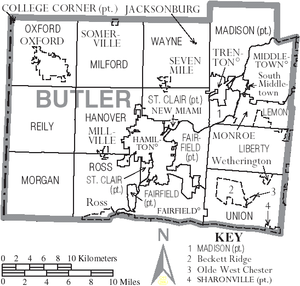Mysterious Disease Affecting Kinneret
[Sea of Galilee]
Biological Hazard in Israel on Saturday, 29 October, 2011
| Description | |
| The 1st stage of a mysterious disease affecting Kinneret [Sea of Galilee] fish begins in one of its eyes, which starts to pop out, and gets destroyed leaving an empty hole in the socket. Then the 2nd eye is affected. In the 3rd stage, the blind fish blacken and starves. Red spots appear on its body and then it dies. So far, there is no official answer whether the disease is an unknown virus, or a mutation of a virus, a bacteria or a parasite. Initial signs of the problem were discovered 10 years ago in small numbers. The phenomenon was 1st noticed by Menachem Lev, a fisherman from Kibbutz Ein Gev, a local expert on everything that happens in the Kinneret. The plague 1st affected St. Peter's Fish [Tilapia, Sarotherodon galilaeus galilaeus], which is considered sacred by Christians (from the story of the bread and the fishes). About a million Christian pilgrims visit Israel every year. Most of them visit the Kinneret and eat St. Peter's fish; the Ein Gev restaurant alone serves more than 300 000 fish dinners to pilgrims every year. The problem has worsened since then, and it is not only St. Peter's Fish that are affected by the disease, but also the Jordan River tilapia raised in fish ponds in the Hula Valley, silver carp, carp, and mullet. 12-15 percent of the fish in the lake have already contracted the disease. The Ministry of Agriculture denies the presence of this serious disease in the Kinneret. However, as a result of the numerous occurrences, a number of tests have been conducted in the last few weeks to identify the problem. The ministry's Fish Division laboratory at Nir David has concluded that the cause is not bacteriological. Its preliminary report in September 2011 found the characteristic symptoms in fishes' eyes. If the problem is a parasite, this will cause a major kashrut [approval as "Kosher" according to Jewish ritual-religious guidelines] problem and the Rabbinate is liable to ban fish from the Kinneret. The Water Authority believes that the disease is genetic in origin. Ministry of Agriculture Veterinary Services fish health director Dr. Avi Eldar is trying to discover whether a new or mutated virus is the cause of the disease. The Veterinary Services has not found an unambiguous answer, and Dr. Eldar has contacted a lab in Italy, which has not yet given its answer. In the absence of information about the source of the plague, or whether eating infected fish risks human health, Prof. Moshe Gefen, a leading researcher of Kinneret fishes, warned about the problem 5 years ago. He now advises intensive fishing of the lake in order to remove as many infected fish as possible, test the water of all Hula Valley fish ponds whose water flows into the Kinneret, and intensify the investigation into the disease. Most of all, he advises determining whether the cause is viral, because if it is, it is a potential human health hazard. He also advises improving the genetic diversity of the fish in the Kinneret. The quantity of fish caught in the Kinneret has plummeted in the past decade from 1800 tons a year to 400 tons. The average wholesale value of the catch is NIS 25 000 [USD 6942] per ton. | |
| Biohazard name: | Fish Die-off (Unidentified disease) |
| Biohazard level: | 0/4 --- |
| Biohazard desc.: | This does not included biological hazard category. |
Link: Unknown disease killing Kinneret fish - Globes
Link: wikipedia.org/wiki/Kinneret









